Exploring the Alternating Series Test: Convergence and Divergence
The Alternating Series Test is used to determine the convergence of series with alternating positive and negative terms. For a series to pass this test, two conditions must be met: the terms of the series must decrease in absolute value, and the terms must approach zero as the series progresses. If these conditions are satisfied, the series converges. However, if the terms do not decrease or approach zero, the test cannot be applied. The Alternating Series Test is commonly used with series that alternate in sign, like the alternating harmonic series.

The Alternating Series Test is a method used to determine the convergence of a series with alternating positive and negative terms. The general form of an alternating series is: \(\sum_{n=1}^{\infty} (-1)^n a_n\)
where \(a_n\) is a sequence of positive terms.
The test has two key conditions for convergence:
- Decreasing terms: The sequence \(a_n\) must be decreasing, meaning each term is smaller than the previous one for all sufficiently large \(n\). In other words, \(\leq a_n\).
- Limit approaching zero: The limit of \(a_n\) as \(n\) approaches infinity must be zero, i.e., \(\lim_{n \to \infty} a_n = 0\).
If both conditions are met, the alternating series converges. However, if \(a_n\) does not approach zero, the series diverges regardless of whether the terms decrease. This test is especially useful for series like the alternating harmonic series, where the terms decrease and approach zero.
Here are two examples demonstrating the Alternating Series Test:
1. Converging Example:
Series: \(\sum_{n=1}^{\infty} \frac{(-1)^n}{\sqrt{n + 1}}\)
Solution:
- Decreasing terms: \(\frac{1}{\sqrt{n+1}}\) is decreasing because each term is smaller than the previous one as \(n\) increases.
- Limit approaching zero: \(\lim_{n \to \infty} \frac{1}{\sqrt{n+1}} = 0\)
Since both conditions are satisfied, the series converges by the Alternating Series Test.
2. Diverging Example:
Series: \(\sum_{n=1}^{\infty} \frac{(-1)^n}{\ln(n)}\)
Solution:
- Decreasing terms: \(\frac{1}{\ln(n)}\) is decreasing for \(n≥2\), as \(\ln(n)\) increases with \(n\).
- Limit not approaching zero: \(\lim_{n \to \infty} \frac{1}{\ln(n)} = 0\), but the terms decay too slowly for the series to converge.
Since the terms decrease, but not quickly enough, the series diverges.
Related to This Article
More math articles
- What’s A Good ACT Score?
- The Ultimate 6th Grade NDSA Math Course (+FREE Worksheets)
- Word Problems of Comparing and Ordering Rational Numbers
- How to Find the Perimeter of Polygons? (+FREE Worksheet!)
- 10 Must-Have Math Teacher Supplies
- The Ultimate 6th Grade GMAS Math Course (+FREE Worksheets)
- Decoding the Depths: A Dive into the Composite Floor Function
- 10 Most Common 6th Grade Georgia Milestones Assessment System Math Questions
- Top 5 Laptop Stands to Help You Teach Online
- Graph to Grid: How to Completing a Table Using Information from a Graph




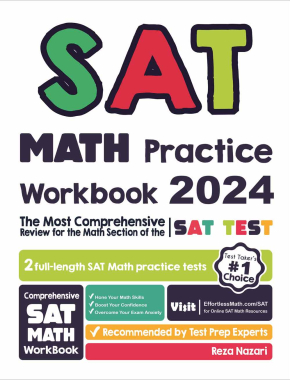
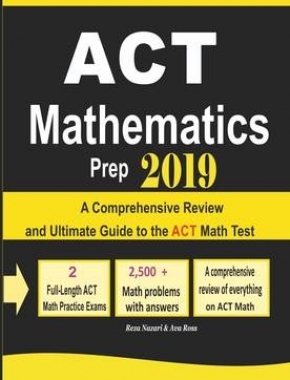
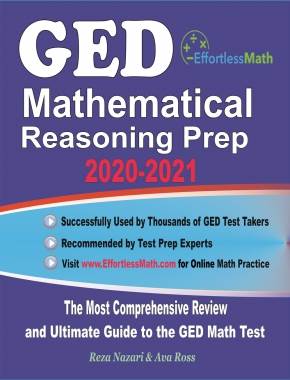
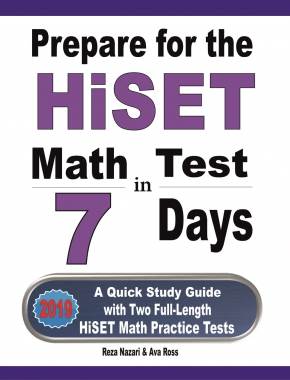
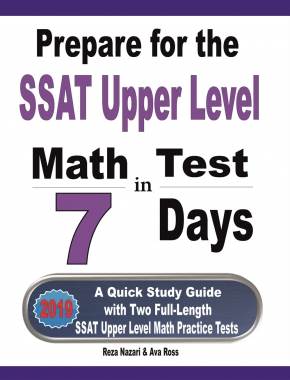
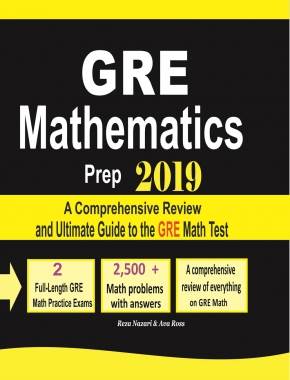
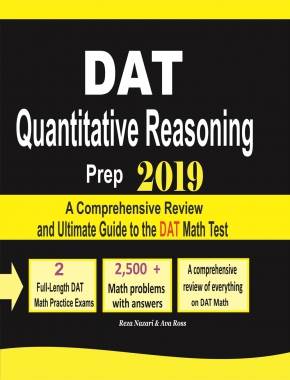
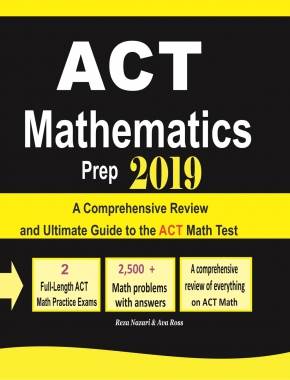
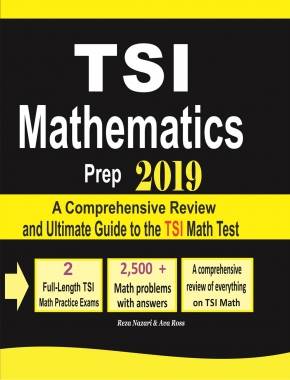
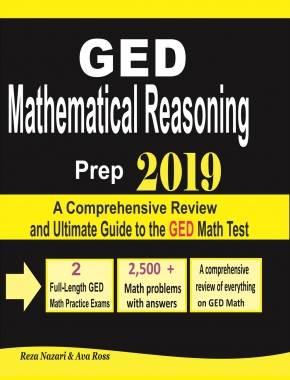
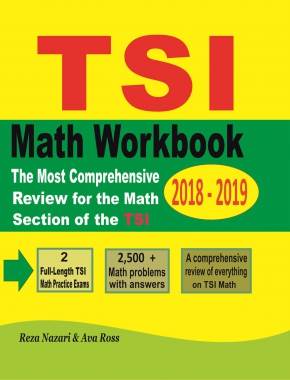











What people say about "Exploring the Alternating Series Test: Convergence and Divergence - Effortless Math: We Help Students Learn to LOVE Mathematics"?
No one replied yet.